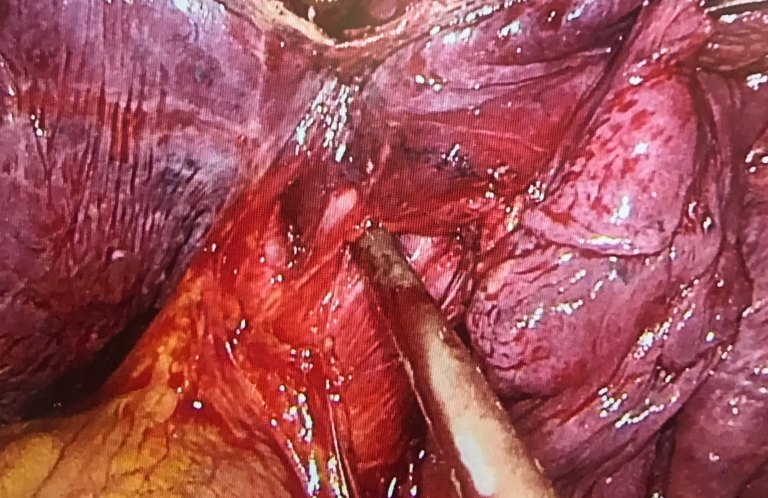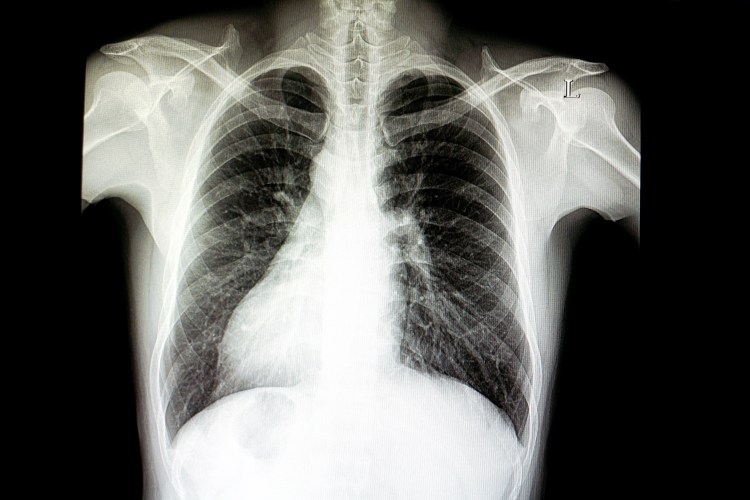Brigham Remains a Leader in Full and Partial Face Transplantation
 Face transplants are still infrequent enough that every one of them is considered a remarkable feat of medical collaboration and expertise. However, they no longer garner the news headlines that the first transplant did when it was performed in France in 2005.
Face transplants are still infrequent enough that every one of them is considered a remarkable feat of medical collaboration and expertise. However, they no longer garner the news headlines that the first transplant did when it was performed in France in 2005.
Read More
 Five years ago, Vivek Shah, MD, a hip and knee replacement surgeon, replaced the right hip of an 85-year-old woman. After the routine surgery, she stayed in the hospital for three days. A few years later, she visited Dr. Shah when she needed her left hip replaced.
Five years ago, Vivek Shah, MD, a hip and knee replacement surgeon, replaced the right hip of an 85-year-old woman. After the routine surgery, she stayed in the hospital for three days. A few years later, she visited Dr. Shah when she needed her left hip replaced. At Brigham and Women’s Hospital, spine surgeon
At Brigham and Women’s Hospital, spine surgeon  Chimeric antigen receptor T (CAR T) cell therapy has become an important tool in the treatment of relapsed and refractory malignancy. However, it is associated with significant and unique neurological toxicities.
Chimeric antigen receptor T (CAR T) cell therapy has become an important tool in the treatment of relapsed and refractory malignancy. However, it is associated with significant and unique neurological toxicities. Colorectal cancer remains a major health problem in the United States. It’s the third most common type of cancer and the second leading cause of cancer death.
Colorectal cancer remains a major health problem in the United States. It’s the third most common type of cancer and the second leading cause of cancer death.
 Detection of lung cancers at an early stage, combined with advances in imaging technologies and surgical techniques, bolster the rationale for choosing VATS (video-assisted thoracic surgery) segmentectomy for patients with stage I non-small cell lung cancer (NSCLC).
Detection of lung cancers at an early stage, combined with advances in imaging technologies and surgical techniques, bolster the rationale for choosing VATS (video-assisted thoracic surgery) segmentectomy for patients with stage I non-small cell lung cancer (NSCLC). Over the past 20 years, more than 100 genes have been found that cause specific lung diseases, most of which can be tested for by DNA sequencing. However, interpreting and acting upon genetic test results can be a challenging task for any physician not trained in genetics.
Over the past 20 years, more than 100 genes have been found that cause specific lung diseases, most of which can be tested for by DNA sequencing. However, interpreting and acting upon genetic test results can be a challenging task for any physician not trained in genetics.  What happens to patients after the ICU? That is the question examined by physician/writer
What happens to patients after the ICU? That is the question examined by physician/writer  According to the World Health Organization, more than half of all married or in-union women of reproductive age use some form of contraception. Additionally, the number of women around the globe who either use contraception or have an unmet need for family planning is expected to grow by more than 900 million over the next decade.
According to the World Health Organization, more than half of all married or in-union women of reproductive age use some form of contraception. Additionally, the number of women around the globe who either use contraception or have an unmet need for family planning is expected to grow by more than 900 million over the next decade.